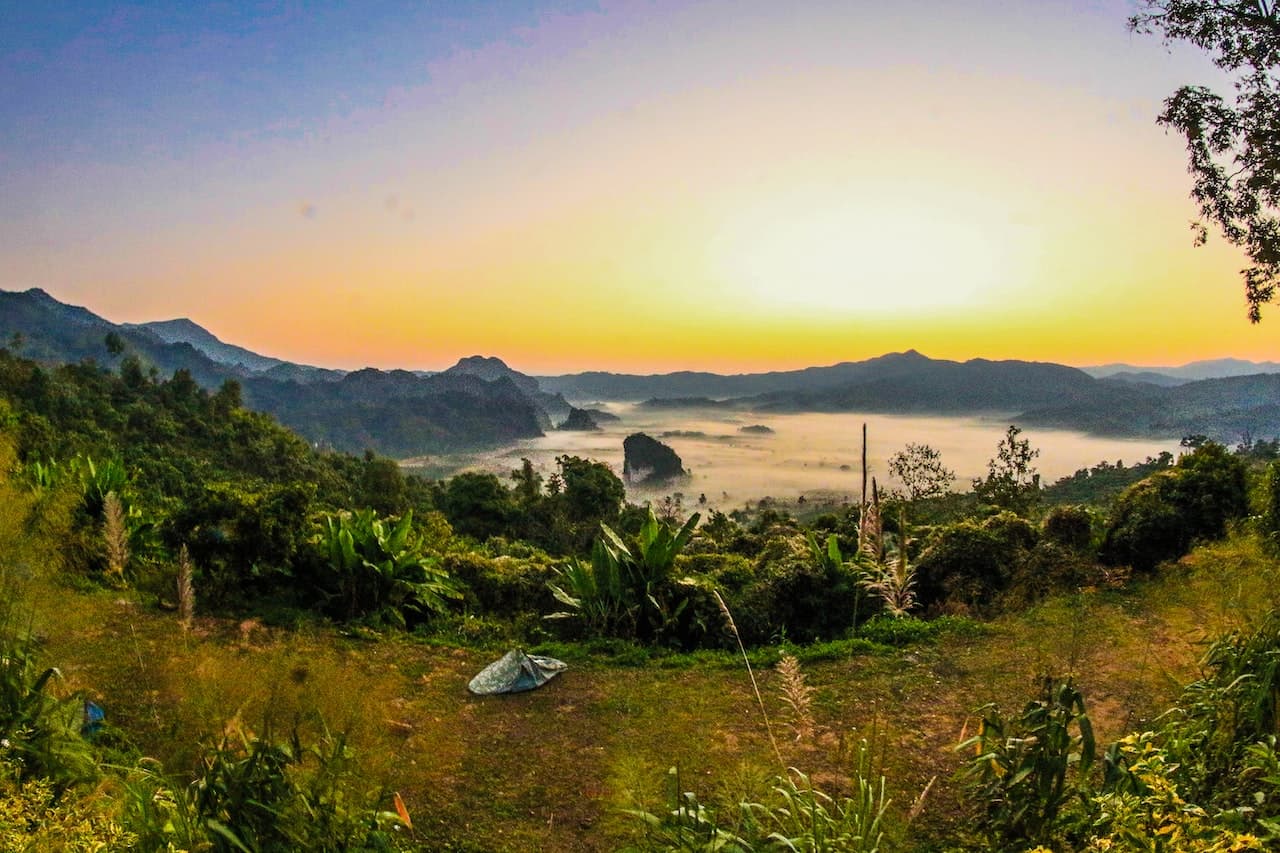The Malayan Tiger (Panthera Tigris Jacksoni) is a subspecies of tiger that exists in the peninsular of Malaysia, at the southern tip of Thailand. The Malayan tiger has a reddish-orange coat with vertical black stripes along the flanks and shoulder that has a similar characterization to the Indochinese Tiger. It has white fur on its eyes, cheeks, and bellies. The two tigers differ in size and stripes, as they are thinner than the other tigers. The unique pattern of stripes is used to identify individuals, much like fingerprints are used to identify people. Tigers are nocturnal cats that spend most of the day sleeping and moving around their territory before searching for prey at night, allowing them to hunt without being noticed. Another interesting Malayan tiger fact is that the fur helps them camouflage in the jungle. There are nine subspecies of tigers worldwide, three of which are extinct, and now the Malayan Tiger is on the verge of extinction. However, illegal poachers use this information to hunt them down when darkness strikes.

What is A Malayan Tiger’s Habitat
The ideal habitat for tigers is in the Malay Peninsular rainforest, with thick vegetation, adequate water supplies, and food resources. The Malayan Tigers roam around easily in dense forests with high moisture. They live, breed, and hunt in the forest as an apex predator. That being said, it resides at the top of its food chain with no predators as they control the population of wild ungulates by sustaining the balance between herbivores and the vegetation they feed. When a species becomes extinct, it damages the food chain and the entire ecosystem structure. It has long been considered one of the most elusive cats, yet it is being hunted to extinction. For the tigers to survive, it needs to be preserved to continue their natural life cycle without being hunted by humans or other predators. Without these habitats, we could see an increase in human-wildlife conflict and a decrease in biodiversity when fewer species live together.
The Malayan Tiger’s Habitat is in Jeopardy
Deforestation in Malaysia has created a problem for the breeding of Malayan Tiger populations. The Malayan Tiger’s habitat is shrinking rapidly due to the massive conversion of their land, which fragments the Malayan Tiger’s habitat into smaller patches of forest. It is worrying, given that only 150 Malayan Tigers population (2022) are left in Malaysia. More concerning is that rapid development has reduced the Malayan Tiger’s habitat at an astonishing rate. The forests in Malaysia are being logged illegally to make way for new developments, such as palm oil and rubber plantation. Seeing the Malayan Tigers face extinction for these plantations to thrive is tragic.

What Can We Do To Save The Malayan Tiger’s Habitat?
The Malayan Tiger is an endangered species. We must do all that we can to ensure its survival. To protect and preserve their habitat, we must find a viable solution to prevent habitat loss and ensure the species survival. The Pahang Wildlife Rangers has taken a step up to collaborate closely with the state government to create wildlife reserves with the help of patrols, tracking and arresting poachers or any criminal logging syndicates. The goal is to end poaching and the significant amount of land loss caused by unsustainable logging. As part of the society, we have to take part and immediately report any illegal activities resulting from forest degradation through the proper channels or higher authorities. The tigers’ chances of survival will worsen if this continues. Removing the endangered malayan tiger from the forest will have serious effects on the food chain and the entire ecosystem structure. Hence, the extinction of the Malayan Tiger will create a domino effect on Malaysian biodiversity.
We should be more aware of the extinction of the Malayan Tiger and take the initiative to educate ourselves on the importance of saving the Malayan Tiger before they are gone forever. The lack of awareness and knowledge is the main reason for the killing of these tigers. We must look out for the Malayan Tiger’s habitat by keeping the Malaysian forest together. It is the only way to protect the tigers and give them a chance to have a better life.